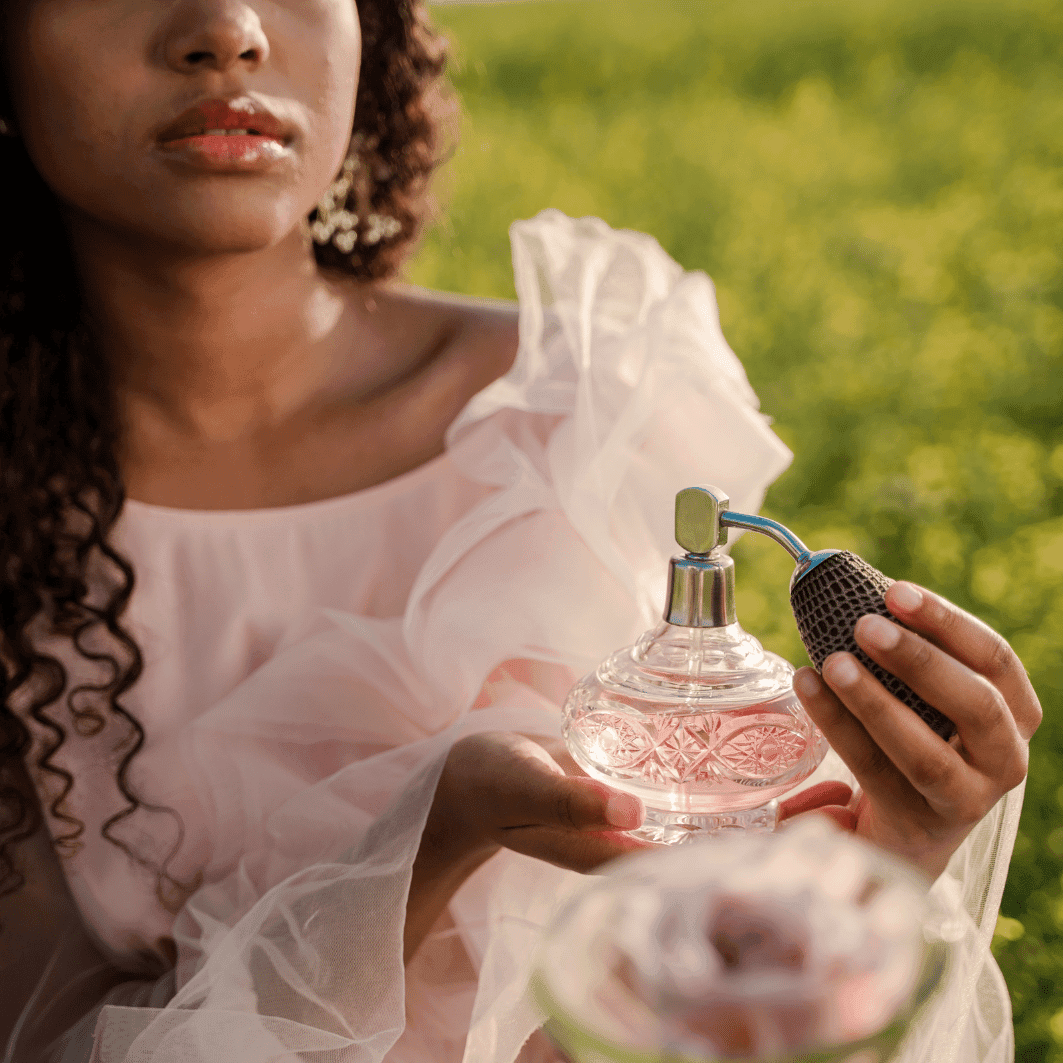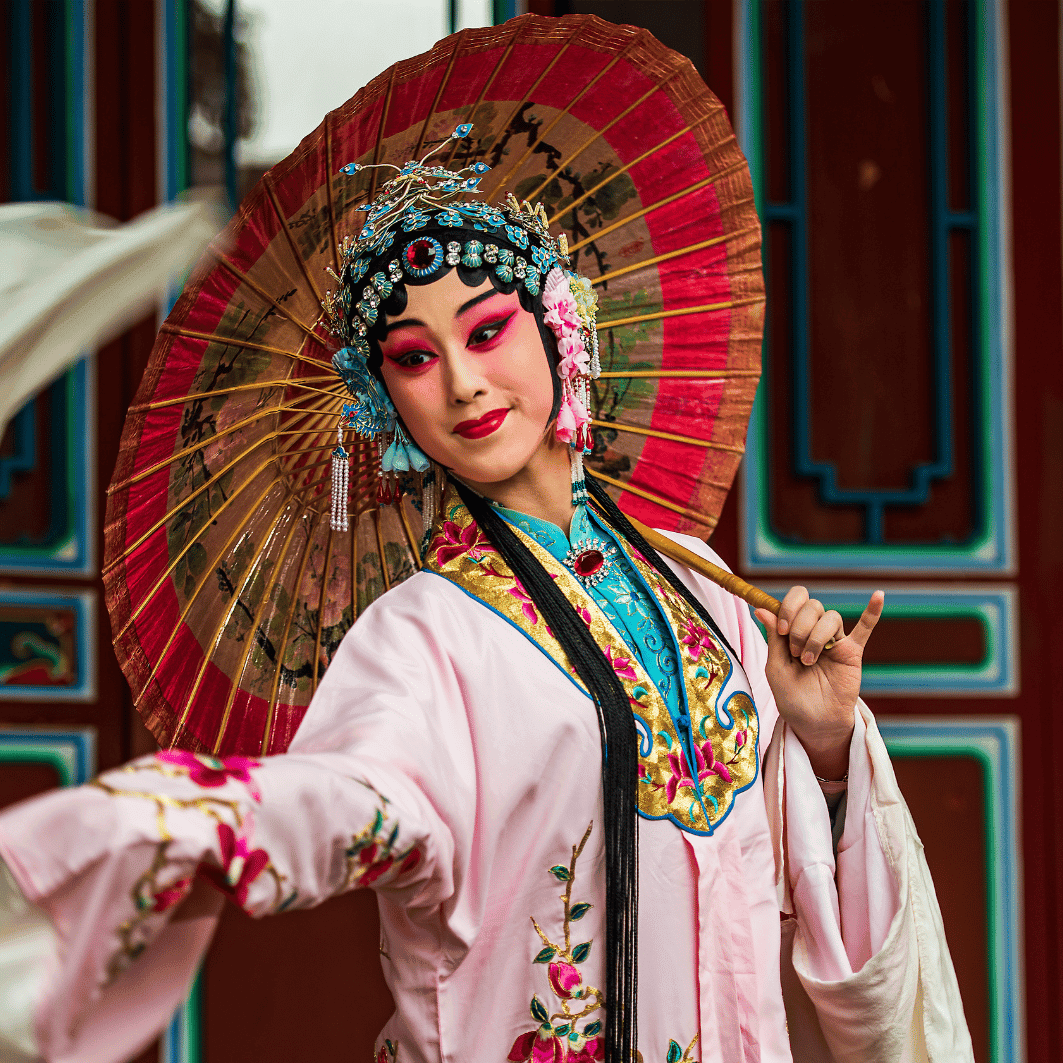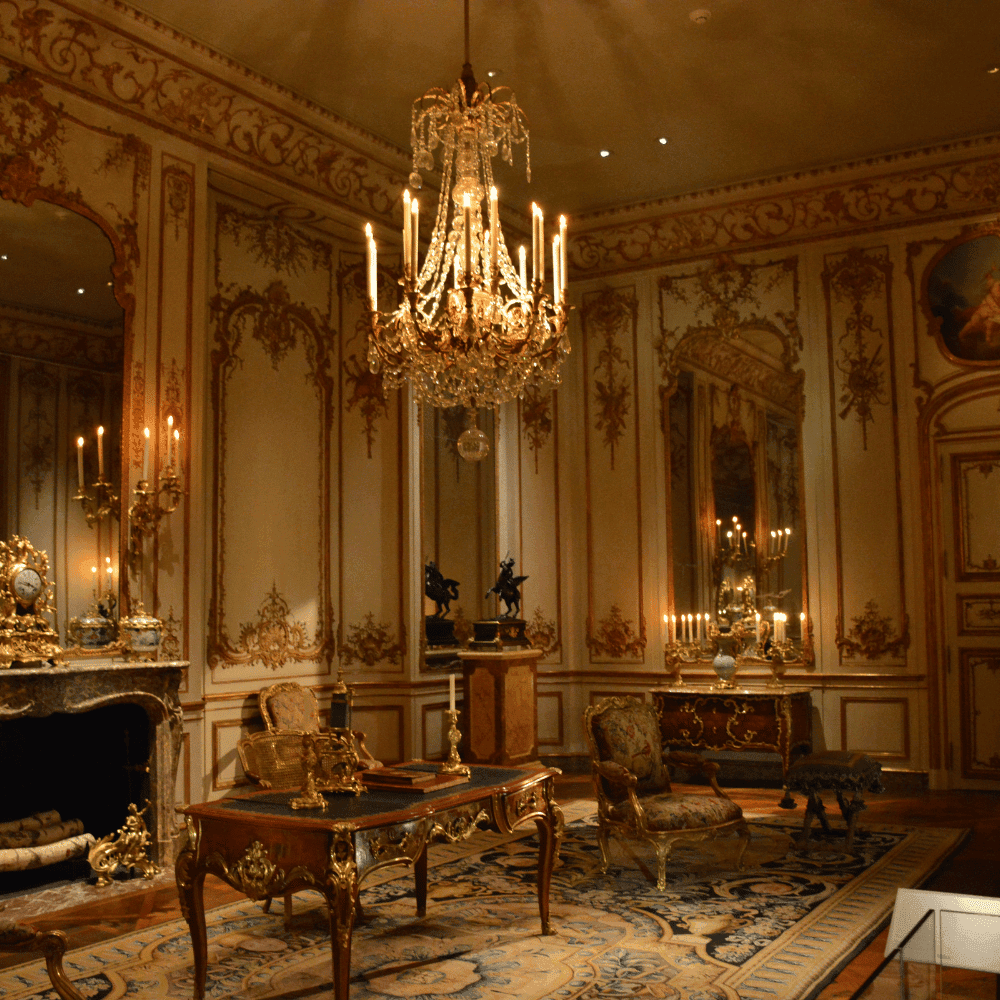The Shifting Sands of Beauty, Fragrance & Luxury: Key Trends Shaping the Future
The Pulse of Change in Beauty & Fragrance
Trends come and go, but some reshape industries in ways that leave a lasting impact. In the ever-evolving worlds of beauty, fragrance, and luxury, shifting consumer preferences reflect more than fleeting fads—they tell a deeper story about cultural movements, emotional connections, and the way we define self-expression and indulgence.
Today, the landscape is evolving faster than ever. The continued rise of gourmand fragrances, the growing influence of C-beauty, the demand for sustainability, and the integration of technology into beauty experiences are converging to shape the next chapter of the industry. As consumer values shift, the future of beauty and luxury will be defined not just by products but by personalization, ethical responsibility, and immersive experiences.
The Evolution of Gourmand Fragrances
Gourmand fragrances—those inspired by edible notes like vanilla, caramel, chocolate, and pistachio—continue to dominate the fragrance market. These scents offer a sense of comfort and indulgence, evoking nostalgia and emotional warmth. Their popularity is further fueled by the psychological appeal of sweetness and the compliments they often attract.
However, the question remains whether this trend has reached its peak. Some fragrance experts predict an evolution rather than an end, with new variations such as green vanilla, pistachio, and airy whipped cream notes adding complexity to the category. Others anticipate a shift toward more sophisticated and refined scents, including the return of classic oud, delicate florals like lily and freesia, and warm, intimate skin scents that enhance natural body chemistry.
Regardless of market trends, fragrance remains deeply personal. As long as consumers seek scents that evoke emotion, gourmand perfumes will continue to hold a significant place in the industry, evolving to meet changing preferences.

Perfume
The Future of Fragrance: Water-Based and Oil-Based Innovations
As ingredient-conscious beauty gains traction, water-based perfumes are emerging as an alternative to traditional alcohol-based formulations. These fragrances promise hydration, longer-lasting wear, and a more natural skin feel, appealing to those seeking gentler formulations. However, the challenge remains in formulation, as certain fragrance molecules do not blend well with water.
At the same time, oil-based perfumes are gaining popularity for their ability to provide a more intimate, long-lasting scent experience. Unlike alcohol-based fragrances, perfume oils absorb into the skin, creating a subtle yet enduring effect that lingers throughout the day. With the rising consumer preference for hydration and skin-care-infused beauty, oil-based perfumes could become the dominant choice in the future.
Both water-based and oil-based perfumes represent the evolving landscape of fragrance, where innovation is increasingly driven by the demand for sustainability, skin-friendliness, and long-lasting wear.
Cultural Influence: The Rise of C-Beauty and Global Expansion
For years, Korean beauty (K-beauty) and Japanese beauty (J-beauty) have shaped global skincare trends, influencing everything from multi-step routines to minimalist formulations. Now, Chinese beauty (C-beauty) is emerging as a major player, offering a distinct approach that blends heritage with modern innovation.
Brands like Florasis are redefining the beauty industry by incorporating Traditional Chinese Medicine, intricate craftsmanship, and cultural storytelling into their products. Unlike the simplicity of J-beauty or the playful innovation of K-beauty, C-beauty emphasizes ornate designs, historical inspiration, and luxurious formulations. As these brands expand globally, they are paving the way for greater diversity in beauty trends, encouraging a deeper appreciation for cultural heritage in product development.
The beauty industry is no longer dictated solely by Western preferences. The rise of C-beauty signals a broader acceptance of diverse influences, reflecting a more inclusive and globally connected market.

Chinese beauty
Sustainability and Ethical Beauty: A Growing Priority
Consumers today are increasingly focused on sustainability, ethical sourcing, and conscious consumption. This shift is evident in several key trends shaping the beauty industry.
The rise of jojoba oil in Black beauty highlights the importance of ethically sourced, high-performance ingredients that cater to diverse skin types and concerns.
More brands are committing to sustainable packaging solutions, offering refillable products and reducing plastic waste.
The growing popularity of “Project Pan”—a movement encouraging consumers to use up their beauty products before purchasing new ones—reflects a broader rejection of overconsumption.
As sustainability becomes a defining factor in purchasing decisions, brands must adapt by prioritizing transparency, ethical sourcing, and long-term product value rather than rapid launch cycles. The focus is shifting from quantity to quality, with consumers seeking products that align with their values.
Luxury Redefined: Experience Over Material Possessions
The definition of luxury is evolving beyond price tags and exclusivity. According to the “New Codes of Luxury in Saudi Arabia” report, affluent consumers are moving away from status-driven purchases and gravitating toward personalized, one-of-a-kind experiences.
Luxury today is no longer just about owning rare items—it is about access to unique, immersive moments that cannot be replicated.
Personalized wellness retreats, curated fragrance experiences, and tailor-made travel itineraries are becoming the new symbols of status. This shift is particularly evident in the rise of A-beauty (Arabian beauty), which integrates self-care, grooming, and cultural heritage into the luxury experience. The intersection of beauty, well-being, and exclusivity is shaping the future of high-end consumerism, where feeling good is just as important as looking good.

Beyond Luxury
The Influence of Technology and Social Media on Beauty Trends
Artificial intelligence and digital innovation are revolutionizing the beauty industry, from personalized skincare diagnostics to AI-generated fragrance profiles. While AI has not yet replaced human artistry in product development, its influence is growing in areas such as fragrance delivery systems, virtual try-on tools, and immersive retail experiences.
Social media, particularly TikTok, has become a dominant force in shaping consumer preferences. The platform’s beauty community, known as “PerfumeTok,” has amassed billions of views, demonstrating its ability to catapult niche products into mainstream popularity. Viral trends now dictate purchasing behavior more than traditional marketing campaigns, making it essential for brands to stay agile and responsive to online conversations.
The rapid acceleration of beauty trends through social media highlights a shift in how consumers discover and engage with products. Authenticity, community-driven recommendations, and real-time feedback are becoming more valuable than traditional advertising, reshaping the way brands interact with their audiences.

Power of transportation and communication